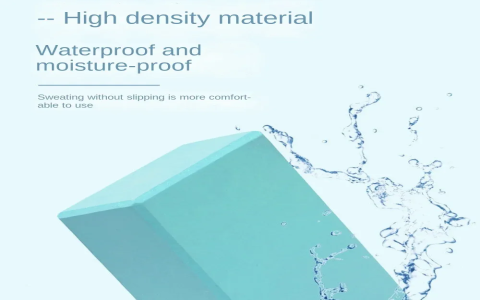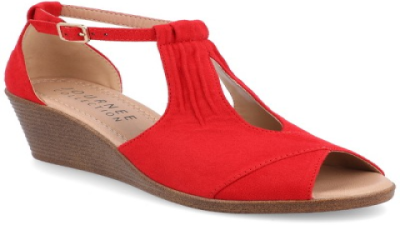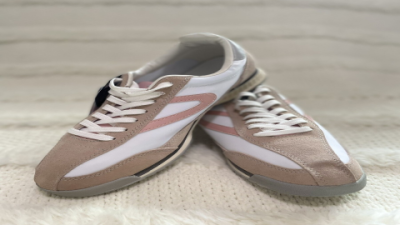When it comes to materials that blend comfort with toughness, high-density EVA foam really stands out. You might have come across EVA foam in all sorts of places—shoes, sports gear, even cosplay costumes. But what makes the high-density variety so special? Well, it’s all about that perfect mix of durability and cushioning that keeps things comfortable without falling apart too soon.
Let’s start with the basics. EVA stands for Ethylene-Vinyl Acetate, a kind of foam that’s closed-cell, meaning it doesn’t soak up water like a sponge. That’s a big deal if you’re using it outdoors or in wet environments. Now, density is the game-changer here. Think of density as how tightly packed the foam’s cells are. The higher the density, the firmer and tougher the foam feels.
To give you an idea, EVA foam comes in different density ranges. The low-density stuff is soft and super flexible—great for yoga mats or helmet padding. Medium density strikes a balance, often used in shoe insoles or sports padding. But when you get into high-density EVA foam, you’re looking at something much firmer and more resilient. It’s the kind of foam that can take a beating and still keep its shape.
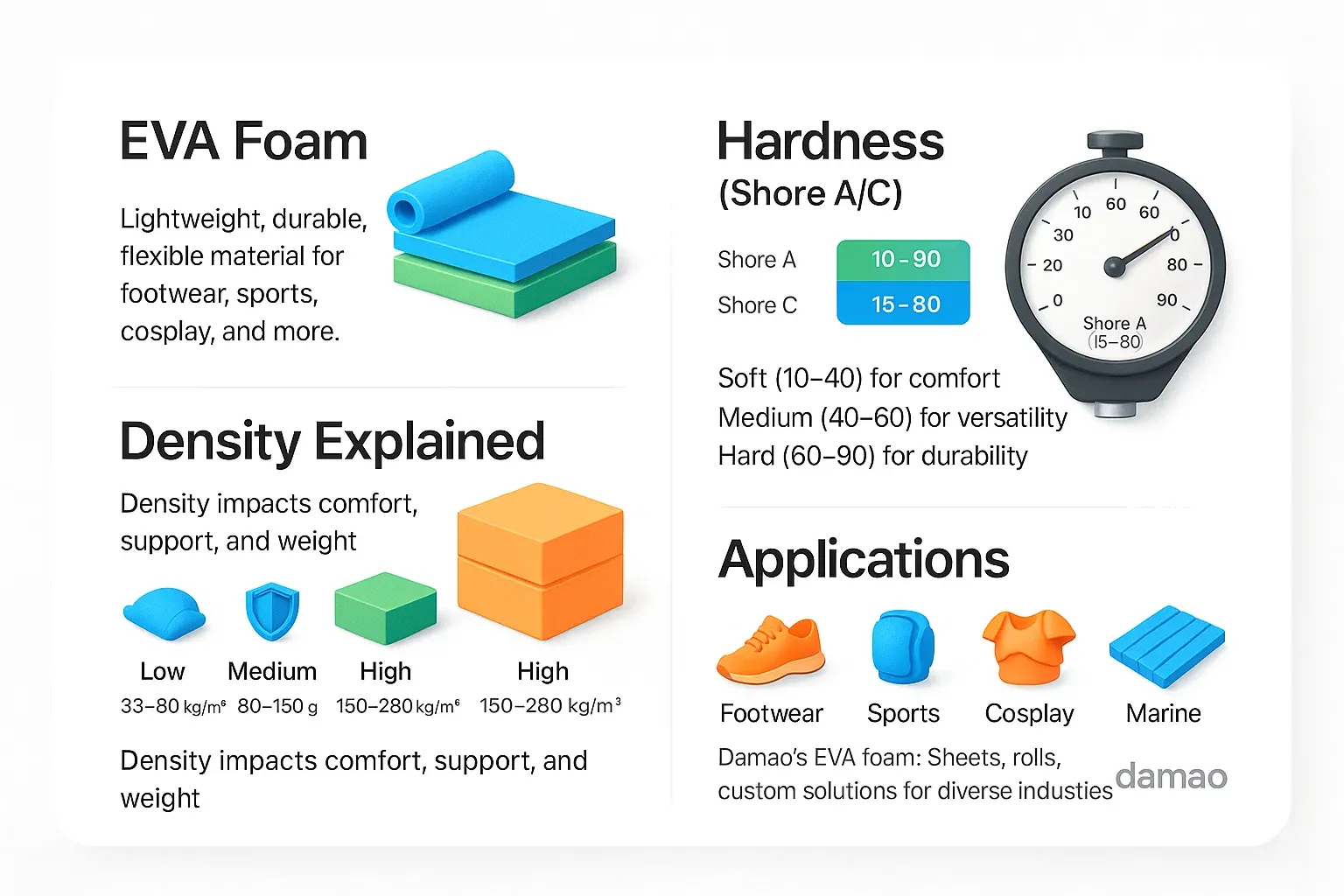
| Density Range (kg/m³) | Hardness (Shore C) | Characteristics | Common Uses |
|---|---|---|---|
| 33–80 | 15–40 | Soft, lightweight, very flexible | Yoga mats, helmet padding |
| 80–150 | 40–60 | Balanced flexibility and durability | Shoe insoles, sports padding |
| 150–280 | 60–75+ | Firm, strong, durable | Footwear midsoles, cosplay armor |
Now, why does high-density EVA foam matter so much? For starters, it’s incredibly durable. If you’ve ever had a cheap foam shoe sole that squished flat after a few weeks, you’ll appreciate how this stuff holds up. It resists tearing and compression better than the softer foams, which means your gear lasts longer. But don’t think that means it’s hard as a rock—high-density EVA still cushions impacts nicely, which is why athletes and outdoor enthusiasts love it.
Another thing I find pretty cool is how waterproof it is. Because of its closed-cell nature, it doesn’t absorb water, making it perfect for marine gear or anything that might get wet. Plus, it’s got decent thermal insulation and even helps with soundproofing, which you wouldn’t expect from foam, right?
And here’s a fun fact: it’s also resistant to UV rays and many chemicals. So if you’re using it outside or in tough environments, it won’t degrade quickly. This makes it a favorite in industries where materials get a lot of wear and tear.
What’s also neat is how you can work with it. Despite being denser and tougher, you can still cut, shape, and even paint it. This is why cosplayers love it—it holds sharp edges and details beautifully, and you can customize it with paints and finishes to get exactly the look you want.
Speaking of applications, high-density EVA foam is everywhere. In footwear, it’s often the midsoles or heel supports that take the brunt of the impact, and this foam does a fantastic job at absorbing shocks while keeping your feet comfortable. In sports gear, it’s the go-to for helmets, pads, and gloves because it protects without adding too much bulk.
For those into cosplay or crafting, it’s a dream material. You can carve it, glue pieces together, and paint it to make armor or props that look great and survive the rigors of conventions. And if you’re into boating or water sports, you’ll find it on decks and pads because it’s non-slip and waterproof.
Even in medical settings, high-density EVA foam is used for insoles and prosthetics, offering firm but comfortable support where it’s needed most. And in industrial uses, it cushions machinery and reduces vibrations, helping equipment last longer.
Choosing the right density can be tricky, though. It really depends on what you’re after. If you want something soft and light, low-density might be your pick. But if you need strength and durability, high-density is the way to go. Medium density sits somewhere in the middle, offering a bit of both.
| Factor | Low-Density EVA Foam | High-Density EVA Foam |
|---|---|---|
| Cushioning | Soft, very compressible | Firm, less compressible |
| Durability | Lower, deforms easily | High, holds shape well |
| Weight | Lightweight | Heavier |
| Ease of Shaping | Easy to cut and mold | Harder but holds detail better |
| Cost | Usually cheaper | More expensive but lasts longer |
Honestly, if you’re working on a project where the foam needs to last and perform, it’s worth investing in high-density EVA foam. Testing samples before buying in bulk is always a smart move, especially if you’re making something custom.
Here’s a quick rundown of some important physical properties you might want to know:
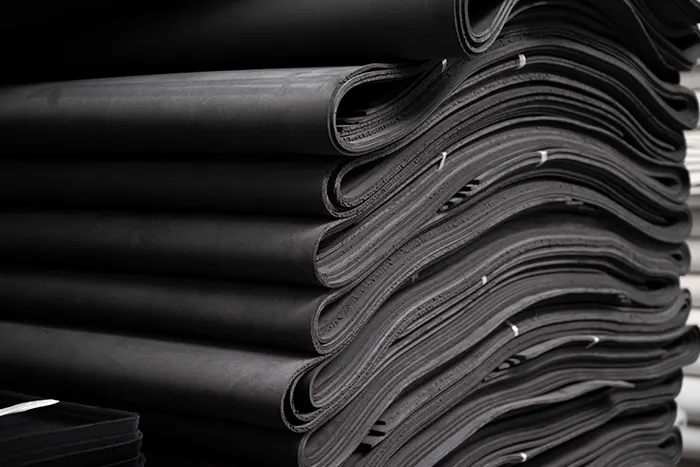
| Property | Typical Value | Why It Matters |
|---|---|---|
| Density | 150– kg/m³ | Controls firmness and durability |
| Hardness (Shore C) | 60–75+ | Resistance to indentation |
| Tensile Strength | 1600– kPa | How much pulling force it can take |
| Elongation at Break | 160–180% | How stretchy before it breaks |
| Compression Set | ~30% | Ability to bounce back after pressure |
| Rebound | 30–60% | Elasticity and energy return |
| Thermal Conductivity | ~0. W/m·K | Insulation quality |
| Water Absorption | Negligible | Suitability for wet use |
If you’re planning to work with high-density EVA foam yourself, here are some tips from experience:
- Use sharp blades or hot-wire cutters to get clean cuts—this foam is tougher, so blunt tools just tear it.
- Heat forming works well but be careful not to overdo it; too much heat can ruin the foam.
- For gluing, contact cement or specialized EVA adhesives work best. Avoid water-based glues—they don’t hold up well.
- When painting, flexible acrylic paints or foam-specific paints keep the surface looking good without cracking.
- Sealing the foam before painting can help protect it and make your paint job last longer.
Now, I know you might have some questions, so let’s cover a few common ones:
Q: Why choose high-density EVA foam over low-density?
A: It’s all about durability and support. High-density foam holds its shape better and resists wear, perfect for heavy-use items.
Q: Is it really waterproof?
A: Yes! Its closed-cell structure means water just doesn’t soak in, making it great for wet environments.
Q: Can I use it for cosplay armor?
A: Definitely. It’s one of the top materials cosplayers use because it’s tough, holds details, and can be painted.
Q: How do I pick the right density for shoes?
A: Medium to high-density foams work best for midsoles and support areas. Testing is key to find what feels right.
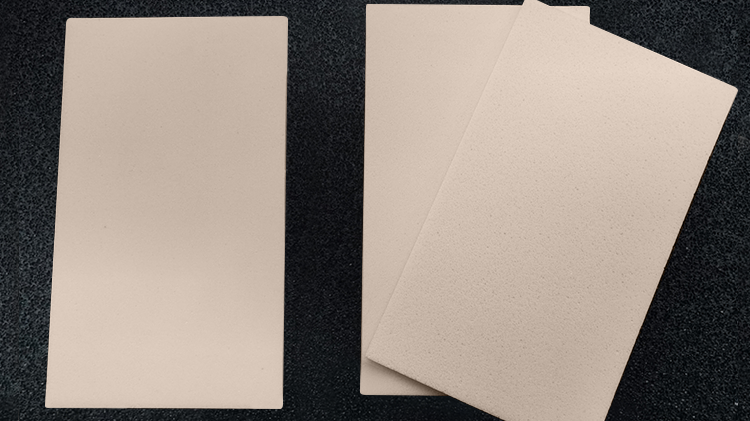
Q: Is EVA foam eco-friendly?
A: It’s synthetic, so not the greenest option out there, but some companies offer recyclable or eco-conscious versions.
To wrap it up, high-density EVA foam is a fantastic material if you need something that’s both comfortable and built to last. Whether you’re making shoes, sports gear, cosplay props, or industrial parts, understanding how density affects performance will help you make smarter choices. It’s a material that’s proven itself time and again, and once you’ve worked with it, you’ll see why it’s so popular.
So next time you’re shopping for foam, don’t just grab the softest or cheapest option—think about what you really need. High-density EVA foam might just be the upgrade your project deserves.
